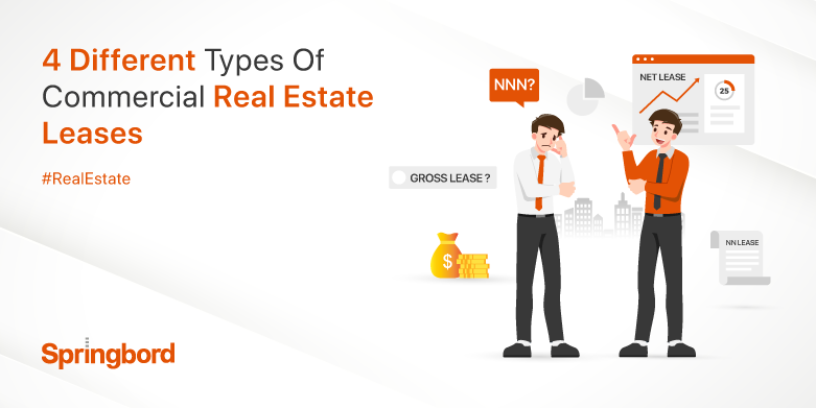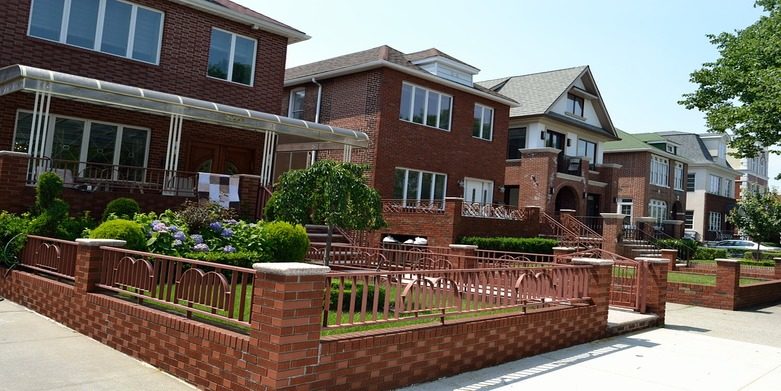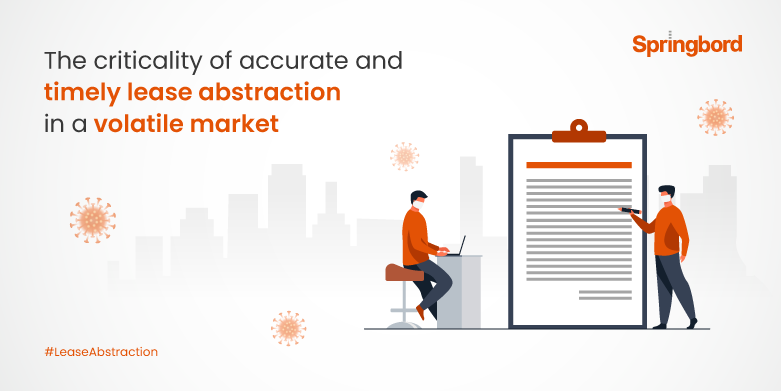 Read time 2 min
Read time 2 minIf you are planning to lease out a property for commercial purposes, you would have heard of the term CAM cost, which is nothing but the costs involved in the lease. But CAM charges aren’t collected for all the properties. It depends on the type of lease that was signed at the time of negotiation. Now let us dive deeper to learn more about the types of commercial leases.
Gross lease
A gross lease, also known as a full-service lease, is the most common lease type in office buildings. Here, the base rent is higher than the other lease types as it includes insurance rates, maintenance costs, property taxes, and other utility charges. At times, the tenants’ janitorial costs may also be included in the gross lease. In simple terms, the cost involved for the proper operation and maintenance of the building is known as a gross lease.
Net lease
One of the rarely used lease types is a net lease, where tenants pay only their share of the property tax, and the landlord bears CAM charges and property insurance. This type of lease is higher than a double net lease or NN lease and a triple net lease or NNN lease. A net lease excludes the operation cost of the building, unlike a gross lease.
Net net lease or NN lease
Net net lease is commonly known as a double net lease, and the base rent is higher than a triple net lease since the landlord pays most of the expenses. Usually, the landlord bears Common Area Maintenance (CAM) charges, whereas the tenant has to pay only a portion of both the property insurance and property taxes. When compared to a triple net lease, the NN lease is least commonly used but proves to be advantageous for potential tenants. A double net lease can be commonly used if the expenses are shared among multiple properties.
Triple net lease or NNN lease
A triple net lease is applicable for properties like shopping centers, restaurants, strip malls, and single-tenant properties. Landlords tend to prefer NNN leases over other types as all or most of the expenses are covered by the tenants. Tenants pay a portion of the property taxes, property insurance, and CAM charges. Landlords take care of only the capital expenses, which include renovation or repair works made to the land, building, and parking lot. At times, the tenants are asked to bear HVAC repairs too, but to a certain extent. There can be fluctuations in expenses that depend on the agreement made between the tenant and the landlord at the time of lease negotiation. Investors and landlords likely prefer this lease type because of the stability of the cash flow and other advantages it offers.
Conclusion
In this blog, we have discussed the types of commercial leases that are commonly used. There can be variations in standards depending on how the charges are shared between the property owner and the lessee. Among the above-mentioned lease types, landlords prefer a triple net lease as it makes the tenant responsible for almost all the expenditures. Be it any type of lease, it is wise to know what costs are covered before making the payment. Also, owners must structure and manage the lease in an efficient way that will help in maximizing ROI.







